Anatomy of a cycle: all about the egg retrieval process
November 19, 2024
At Chosen Egg Bank, we know that understanding egg donation can feel like a complex and involved process for both egg donors and intended parents. It can be truly difficult to get to know the timeline, decode the medical jargon, and make sense of it all.
As experts, we want to illuminate the ins and outs so you can better understand what egg donors experience throughout their journey with us. So, let’s zoom in on a key part of the anatomy of an IVF cycle to take a closer look at the egg retrieval process and timeline…

Preparation for the cycle
Before the cycle, egg donors learn all about the process in depth from medical professionals and in turn, these specialists learn about them too! During this time, doctors will take labs such as blood tests to check ovarian reserve while screening for abnormalities. Egg donors will also receive an ultrasound. Of course, our clinical team will also provide instructions for what to do before treatment and let egg donors know of any lifestyle changes the egg donor might need to make to maximize their egg quality before retrieval.
Ovary stimulation
An essential part of the egg retrieval process, egg donors’ ovaries are stimulated to maximize the amount of viable eggs that can be retrieved during the procedure. Using hormonal medications (injections) to induce the body to mature more eggs than it naturally would in a normal cycle. Egg donors typically start these medications with different types of hormones on the second or third day of their period and for about an average of 8 to 14 days once or twice daily.
Follicle monitoring
Next, our clinical team will monitor the donor’s response to the medications, typically with blood tests every few days and a vaginal ultrasound about one week after donors begin taking medications (or around 2-4 visits). During the monitoring phase, specialists are taking a look at the follicles (fluid-filled sacs where an egg is housed), and counting them to see how many follicles (and therefore eggs) are present. As the process goes on, the follicles continue to grow and our clinical team will continue to watch and measure them until they reach the perfect size – an indicator of the egg’s maturity and when the eggs will be ready to be retrieved.
Trigger injection
Once our clinical team decides the eggs are ready for retrieval, the egg donor will give themselves a “trigger shot” at exactly 36 hours before the egg retrieval procedure in order to “trigger” the final maturation of the eggs. As a result, the eggs will release from the walls of the follicles so they are simply floating inside the follicular fluid. It is crucial that this shot happens at just the right time otherwise the eggs will remain attached and egg collection will not be possible.
Egg retrieval procedure
Just about 36 hours after the trigger shot, the egg donor should be at their appointment, ready for their egg retrieval procedure! There, they will be given a mild anesthetic so they can stay comfortable during the collection. Then, a specialist will use a vaginal ultrasound to carefully guide a needle through the vaginal wall, into each follicle, and draw the fluid out of the follicles that contain the mature eggs. This simple and quick process generally only lasts 10 to 30 minutes!
Freezing or fertilization
Once the egg retrieval is complete, the fluid is immediately sent to the lab while the egg donor rests. There, the eggs are separated and cleaned before being either frozen or fertilized with sperm. If the eggs are undergoing fertilization, an embryologist will follow up on the eggs to see if the process was successful. If an egg is successfully fertilized, it becomes an embryo. Then, the embryo can be frozen for as long as needed and thawed whenever the intended parents are ready to begin the embryo transfer.
Egg retrieval recovery
Immediately after the egg retrieval procedure, the egg donor will stay in the office for a short rest, until they are feeling awake, and for a final check up by our clinical team. It is common to experience a small amount of discomfort and possibly nausea for the few hours following the procedure. The clinical team will offer advice on how to manage the pain and share post-operation instructions. Then, the egg donor is ready to be released. Since the procedure is minor, the recovery time is short. Many egg donors return to work the next day – but we encourage everyone to rest and heal at their own pace.

Are you interested in undergoing egg retrieval? The egg donation experts at Chosen Egg Bank are here to help you in every step of your journey. Our empathetic experts are prepared to offer you everything you need along the way, including answers to your questions, sharing personal stories, relieving any worries, and ensuring your egg retrieval process is a smooth and enjoyable experience. Visit our website to learn more about egg donation or apply to become a donor today!v





